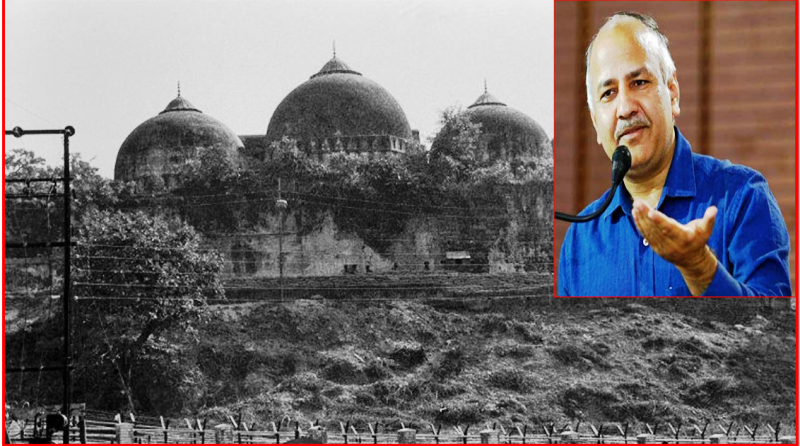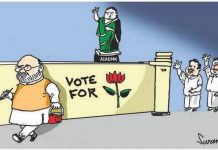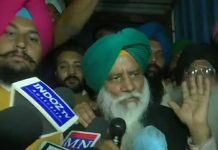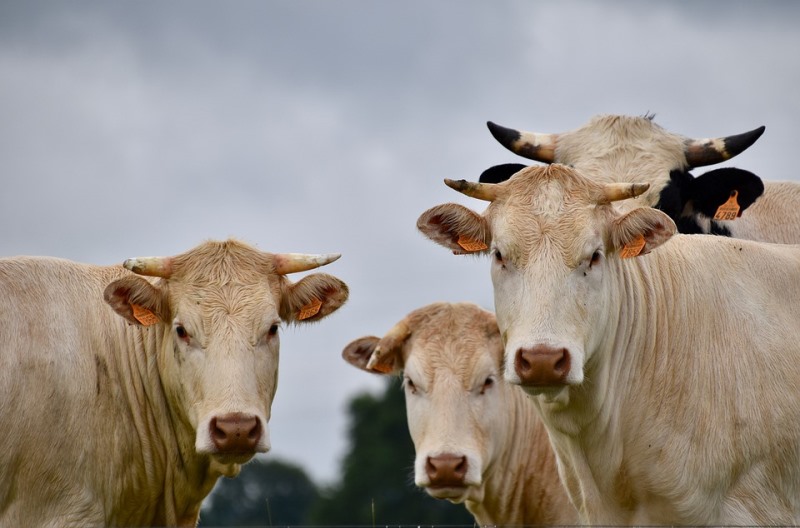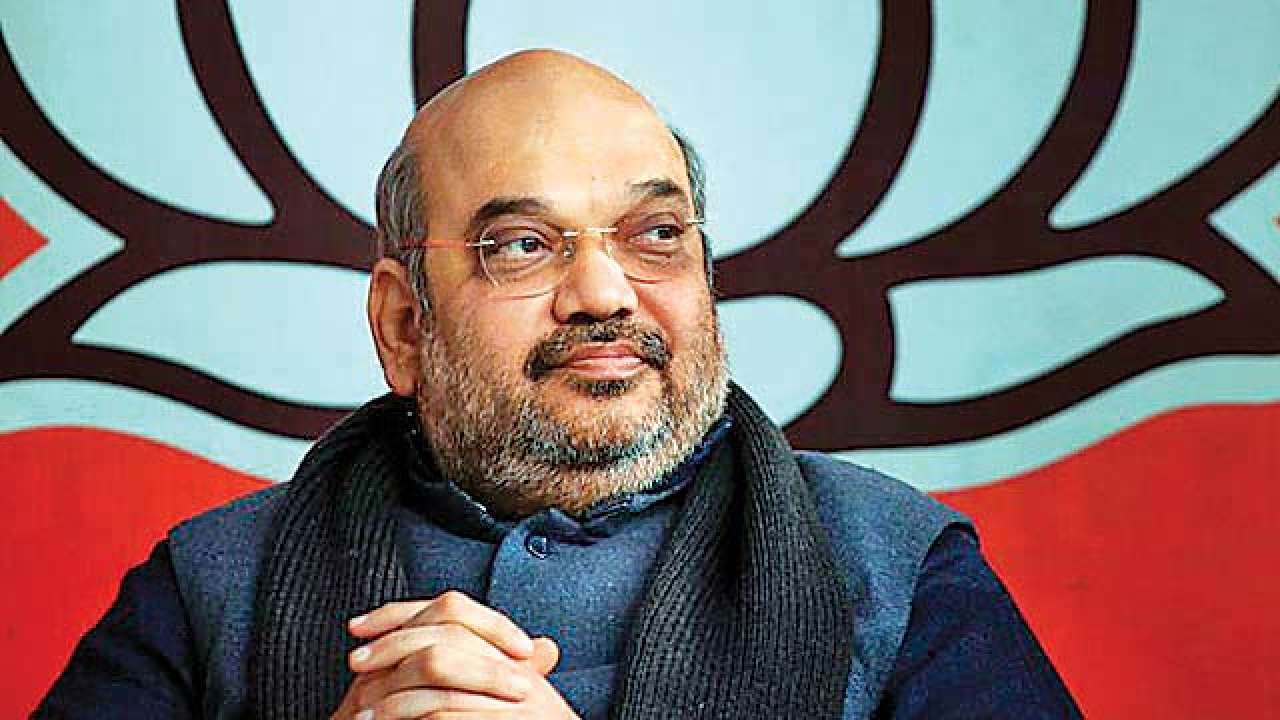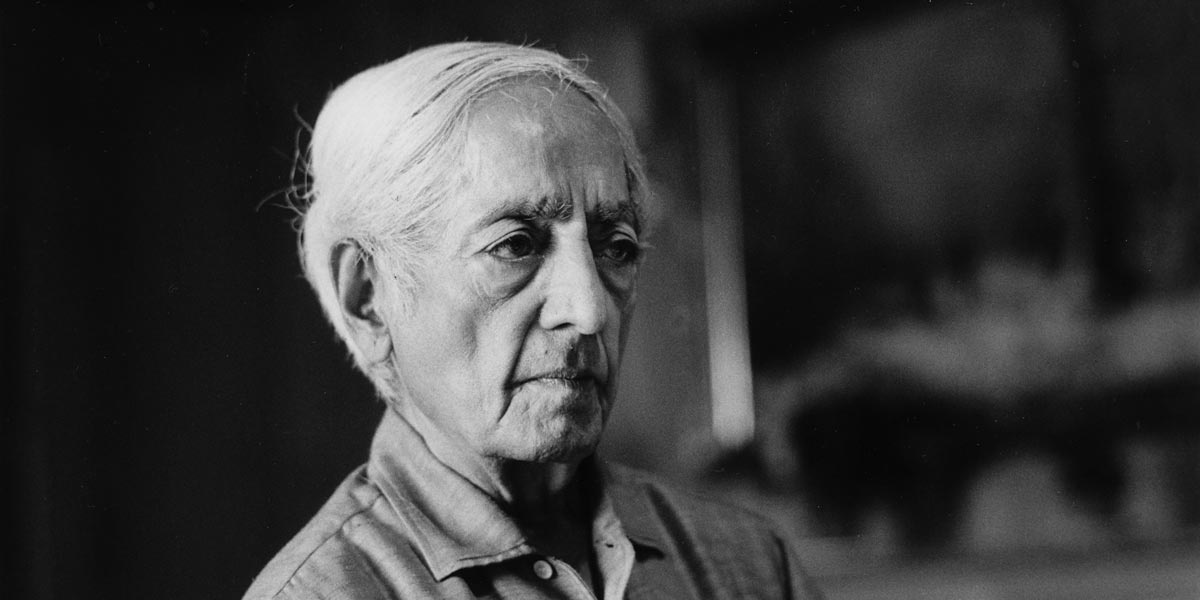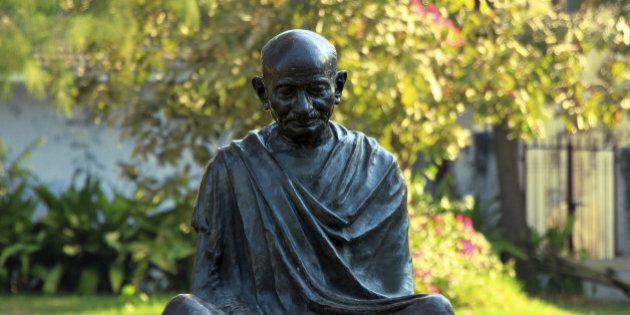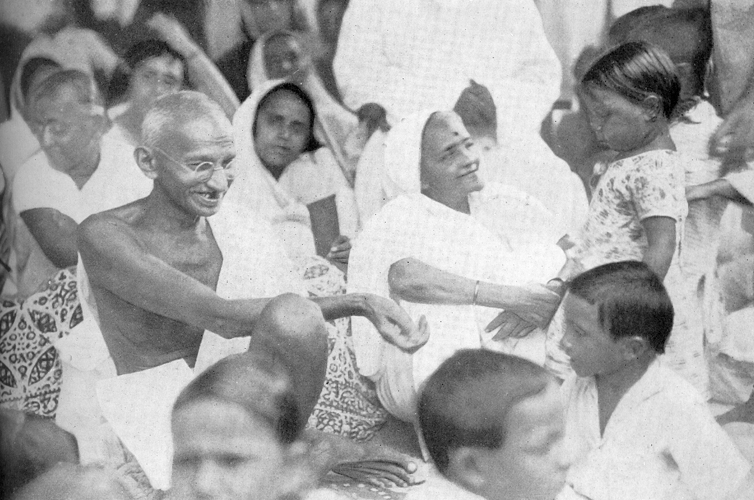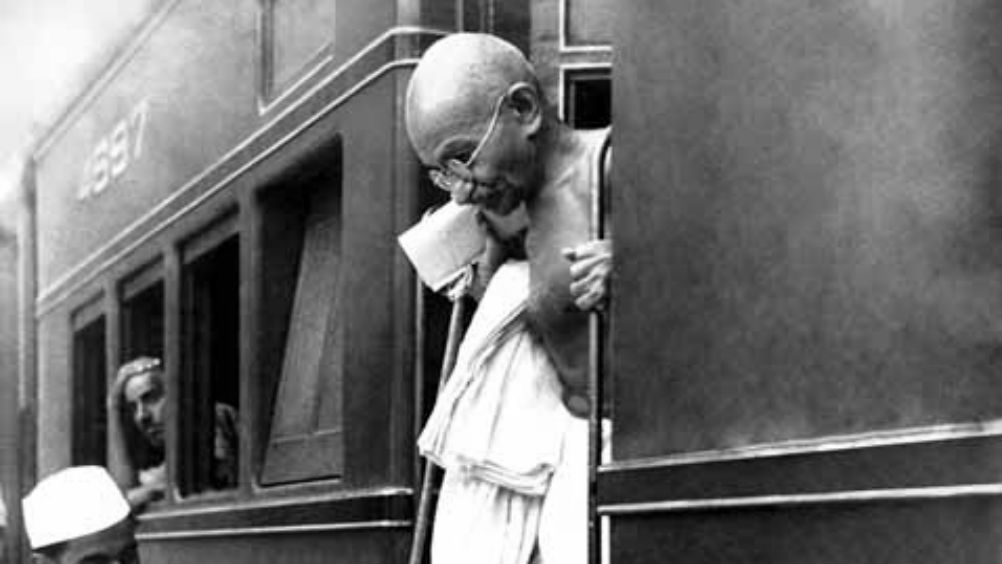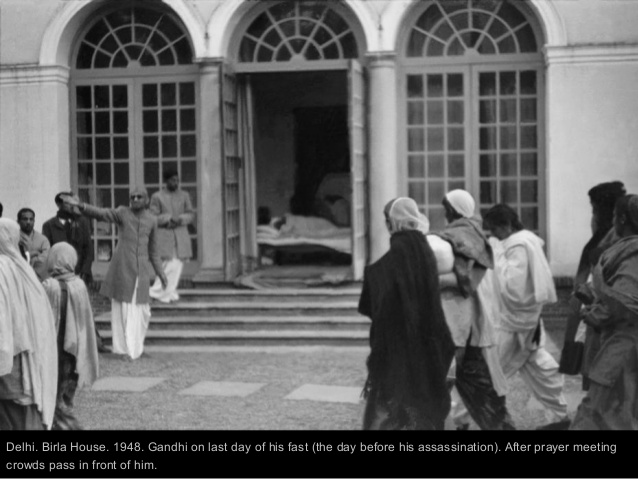
The Chief Minister of Delhi Manish Sisodia has said that a university should be built at the contested Babri Masjid. The solution that Manish Sisodia gave comes at a time when political mobilization and communal sentiments are at their peaks.
Editorial Team
The Deputy Chief Minister of Delhi, from Aam Aadmi Party, Manish Sisodia, in an interaction on the Ram Jan Bhoomi and Babri Masjid debate gave an amicable suggestion for the long standing problem. The Deputy Chief Minister proposed to construct a university at the contested site of Ram Bhoomi or Babri Majid in Ayodhya, rather than constructing a Rama Temple. Sisodia further added that the decision to construct the university would be taken only after prior consultation with the members of both the religious groups, Hindus and Muslims. This although is just a suggestion from the minister’s side.
The Ram-Janam Bhoomi and Babri Masjid debate or the Ayodhya Debate is a long standing socio-political and religious debate in Ayodhya City of Uttar Pradesh. Ayodhya as per the mythological readings of Ramayana is considered as the birth place of Lord Rama, the main deity in Hindu religion. The debate is centred on the Ram Janam Bhoomi, the exact location where Lord Rama was born. As per the Hindu Religious group there existed a Rama Temple on the same location before the construction of Babri Masjid Mosque in 1528.
Based on this understanding and the rhetoric of the past, Babri Masjid was demolished in 1992 by the Hindu religious group during a political rally at that place.
Babri Masjid was constructed by Mir Baqi, the general in the court of the Mughal Emperor Babur. As believed that the mosque was constructed after the demolition of the Rama Temple, which was considered as a wrong doing by the members of the Hindu group, Hindu Kar Sevaks, who went ahead and demolished the mosque in 1992.
Prior to the demolition of Babri Masjid, the site at which the temple and the mosque existed previously was considered sacred by both the Hindu and Muslim population of Ayodhya City, the Muslims prayed inside the mosque while the Hindus prayed outside the mosque in the compound area of the mosque.
[irp]
The Hindu right wing forces Vishwa Hindu Parishad(VHP), in 1980s began campaigning for the construction of Ram Temple at that site. VHPs campaigning was backed by the political party Bhartiye Janta Party, and one of the political leaders namely L. K Advani, organised a rally- Ram Rath Yatra, to mobilise the masses for the construction of the temple, series of rallies and demonstrations were conducted thereafter. On the 6th December 1992 the rally tuned violent went 15,000 volunteers namely Kar Sevaks, turned out to demolish the mosque. The demolition gave rise to months of inter-communal riots between Hindus and Muslims in the city of Ayodhya and also in other parts of the Indian State.
CBI inquiry in the issue revealed that the riots and violence during the rally were not spontaneous rather was a planned affair by the political leadership of the BJP and Hindu Right Wing forces.
The Ram Janam Bhoomi debate is a for long debate till today with no chances of negotiations or adjustments from either sides be it the Hindus or the Muslims.
The site was acquired by the centre in April 1993 under the ‘Acquisition of Certain Area at Ayodhya Act, but a petition was filed by Ismail Faruqui in Allahabad High Court challenging certain provisions of the act. In 2002, High Court of Allahabad started investigating “to whom did the disputed site belong to”. In 2003, Supreme Court asked the HC to pass an interim order which will remain operative till disposal of the civil suits in Allahabad by the HC in order to maintain communal harmony there.
On September 30, 2010, High Court with a 2:1 majority, ruled out a three way division of the disputed area amongst the Sunni Waqf Board, Nirmohi Akhara and Ram Lalla but the High Court verdict was stayed by the Supreme Court. In 2017, 31 civil rights activists filed a plea challenging the 2010 verdict of the Allahabad High Court. Supreme Court started to hear the pleas since February 2018 but no conclusion has been reached yet, even today the matter is pending for hearing in January 2019 and the solution looks grim.
Amidst the communal tension and polarised stance, the Deputy Chief Minister, gave an amicable solution by proposing the idea for construction of a university at the site, but this isn’t an easy deal to be passed. As the tension with regards to the issue is very high and people of the religious groups be it the Hindus or the Muslims hold extreme polarised stand on the matter. Therefore it is very important for the highest authority to intervene in the matter with meticulous steps and understanding.

